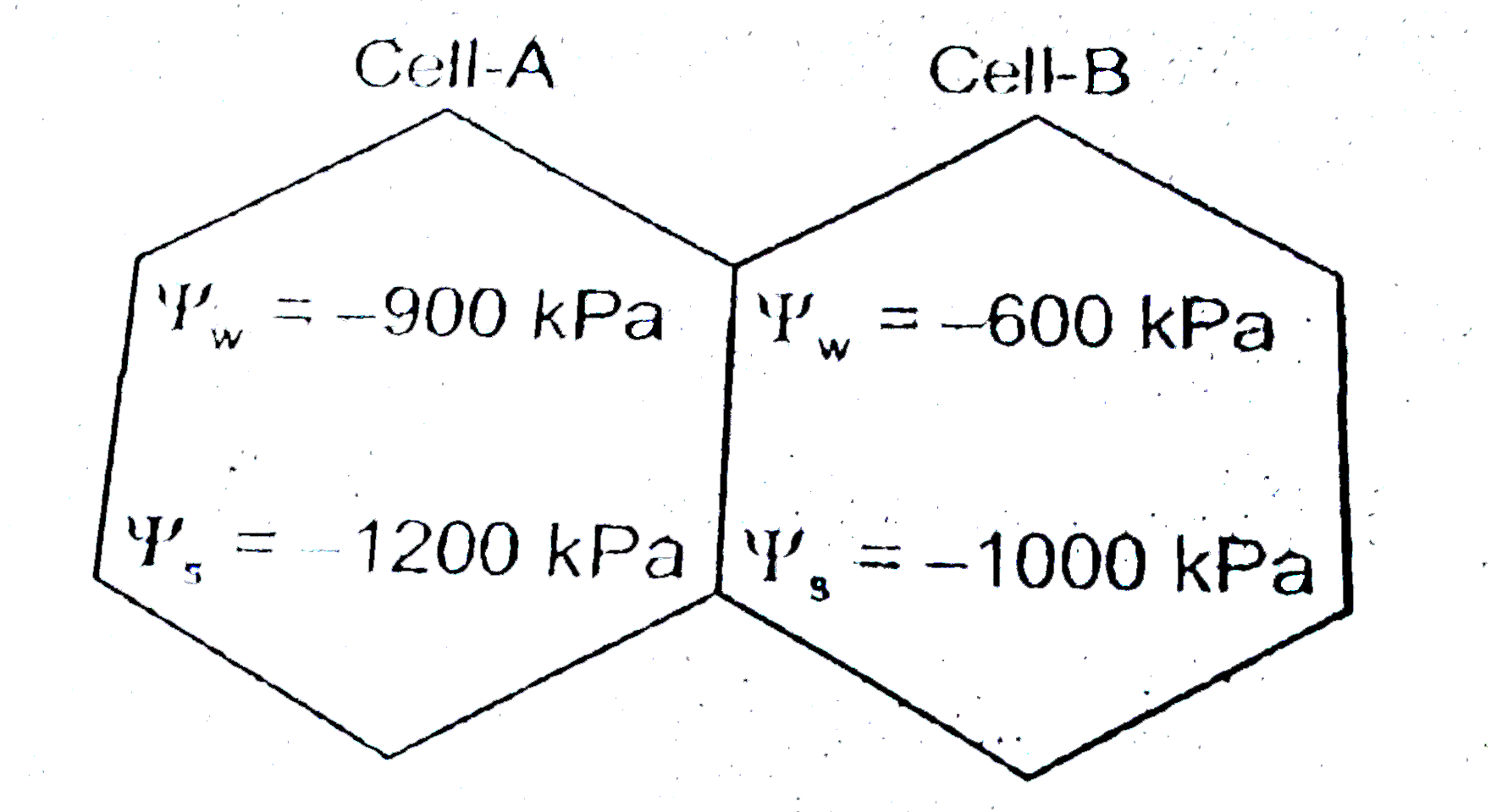A cell reaction would be spontaneous if the cell potential and △rG are respectively:
positive and negative
negative,negative
zero,zero
positive,zero
The correct Answer is:a
To determine the conditions under which a cell reaction is spontaneous, we can use the relationship between Gibbs free energy (ΔG) and cell potential (E). Here’s a step-by-step solution:
Step 1: Understand the Gibbs Free Energy Equation
The Gibbs free energy change (ΔG) for a cell reaction is given by the equation:
ΔG=−nFE
where:
- ΔG is the change in Gibbs free energy,
- n is the number of moles of electrons transferred,
- F is the Faraday constant (approximately 96485 C/mol),
- E is the cell potential (voltage).
Step 2: Analyze the Conditions for Spontaneity
For a reaction to be spontaneous, the change in Gibbs free energy must be negative:
ΔG<0
Step 3: Determine the Implications for E
From the equation ΔG=−nFE, we can infer that:
- Since n (number of moles of electrons) and F (Faraday constant) are both positive values, for ΔG to be negative, the product −nFE must also be negative.
- This implies that E must be positive:
E>0(for spontaneous reactions)
Step 4: Conclusion
Thus, for a cell reaction to be spontaneous, the cell potential (E) must be positive, and the Gibbs free energy change (ΔG) must be negative. Therefore, the correct answer is:
- Cell potential (E) is positive, and ΔG is negative.
Final Answer
The correct option is A: Cell potential is positive and ΔG is negative.
---
The Gibbs free energy change (ΔG) for a cell reaction is given by the equation:
- ΔG is the change in Gibbs free energy,
- n is the number of moles of electrons transferred,
- F is the Faraday constant (approximately 96485 C/mol),
- E is the cell potential (voltage).
For a reaction to be spontaneous, the change in Gibbs free energy must be negative:
From the equation ΔG=−nFE, we can infer that:
- This implies that E must be positive:
Thus, for a cell reaction to be spontaneous, the cell potential (E) must be positive, and the Gibbs free energy change (ΔG) must be negative. Therefore, the correct answer is:
The correct option is A: Cell potential is positive and ΔG is negative.
Topper's Solved these Questions
- ELECTROCHEMISTRYBOOK - NARENDRA AWASTHI ENGLISHCHAPTER - ELECTROCHEMISTRYEXERCISE - LEVEL-2
28 Videos
- ELECTROCHEMISTRYBOOK - NARENDRA AWASTHI ENGLISHCHAPTER - ELECTROCHEMISTRYEXERCISE - LEVEL-3
37 Videos
- DILUTE SOLUTIONBOOK - NARENDRA AWASTHI ENGLISHCHAPTER - DILUTE SOLUTIONEXERCISE - leval-03
23 Videos
- GASEOUS STATEBOOK - NARENDRA AWASTHI ENGLISHCHAPTER - GASEOUS STATEEXERCISE - Subjective problems
15 Videos
Similar Questions
Knowledge Check
Cell reactiomn is spontaneous when
AE∘red is negativeBΔG∘ is negativeCE∘oxide is positiveDΔG∘ is positive
If the cell reaction is spontaneous then:
View SolutionIf a cell reaction is spontaneous, then :
View SolutionAny redox reaction would occur spontaneously, if:-
View SolutionWhat would be the ploidy of the cells of tetrad
View SolutionFor a spontaneous reaction ΔG∘ and E∘ cell will be respectively :
View SolutionFor a spontaneous reaction ΔG∘ and E∘ cell will be respectively :
View SolutionWhat would be ΨP of cell sap in the cell-A and cell -B respectively ?

View Solution